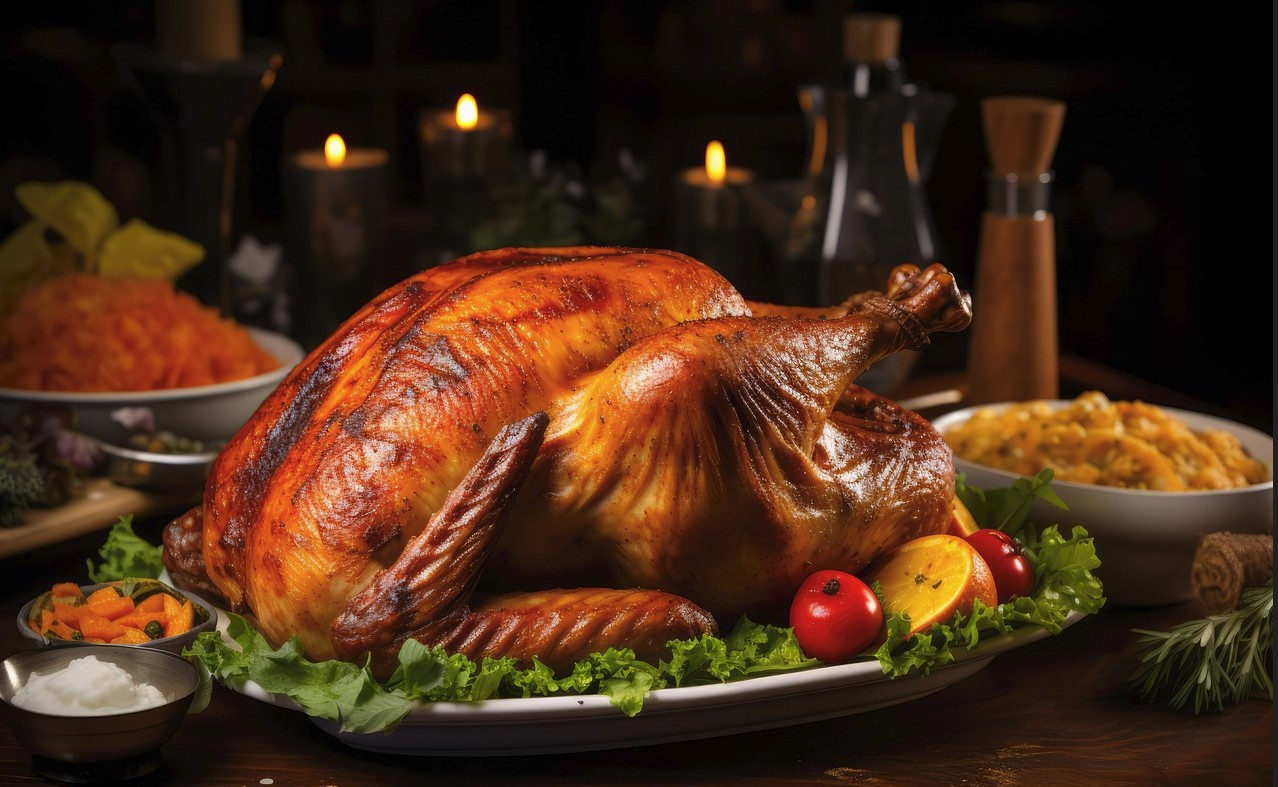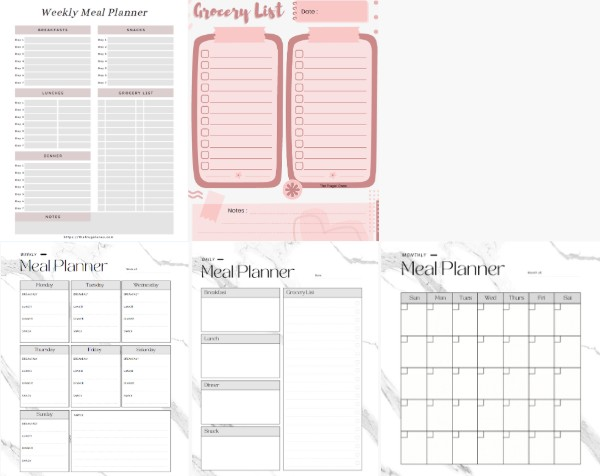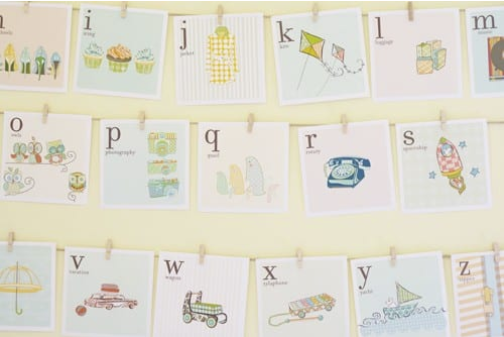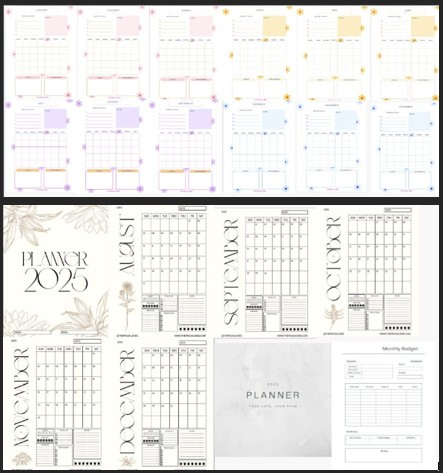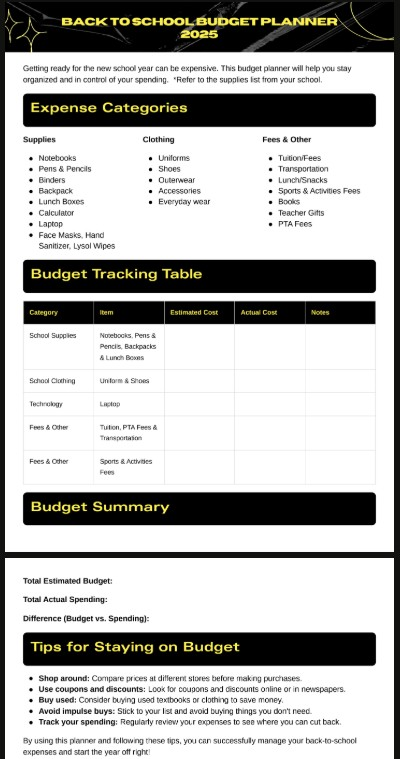Making a meal plan sits at the sweet spot between saving money and eating well. For beginners, the idea can feel daunting, maybe even impossible, especially with busy routines and tight budgets. But, in my own experience, breaking things down into small steps makes the process easier (and a lot less stressful). Meal planning helps stop the endless cycle of last-minute takeout, surprising you with how much time, money, and mental energy you can actually save.
What is a Meal Plan and Why Start?
A meal plan for beginners is just picking your meals for the week before you start cooking—no fancy charts or apps required. Brown Health experts point out this simple habit can help you eat better, save time, and even keep a little extra cash in your pocket (plus, I’ve noticed I waste way less food and actually stick to my grocery budget when I plan ahead).

Setting Realistic Goals for Your Meal Plan
Start by asking yourself what you really want from meal planning. Do you want to:
- Eat healthier without overhauling your whole lifestyle?
- Save money on groceries and avoid expensive takeout?
- Lose, gain, or stabilize your weight?
- Simply reduce the dreaded “What’s for dinner?” anxiety?
Set small, smart goals. Maybe you’ll pack lunch twice a week or cook at home five nights out of seven. Keep it simple at first; ambitious plans often fall flat because they’re just too much to handle.
Weekly Meal Planner with Grocery List

Step-by-Step: How to Create Your Beginner Meal Plan
A good meal plan doesn’t need to be perfect. The key is to set yourself up for an easier week. Here’s how to get started:
Choose Your Meals for the Week
Start with recipes you actually look forward to eating. Keep your schedule in mind—if Monday nights are hectic, plan for something quick or prep a big batch on Sunday. Make swaps for special diets or allergies, and don’t forget a couple of “backup” options just in case.
Create a Smart Grocery List
Start by sorting your grocery list into simple groups like produce, proteins, and pantry basics. Sticking to the list keeps you from tossing extra snacks into the cart (I’ve saved plenty this way), and you’ll see the results on your receipt right away.

Prep and Store Food Efficiently
Once you have your groceries, carve out a block of time to prep. Chop veggies, marinate meats, and portion out snacks. Good storage makes all the difference. Use airtight containers and label them with the date so nothing gets lost at the back of the fridge.
Beginner-Friendly Tips for Meal Plan Success
Staying consistent is half the battle. Here’s what works for many families (including mine):
- Use a paper planner, whiteboard, or a meal planning app.
- Batch-cook enough for leftovers; future you will thank you.
- Don’t over-schedule—leave room for changes or “cheat” nights.
- Prep extra grains and proteins to mix and match later in the week.
- Stick with it and adjust as you go.
Eating at home every night sounds tough at first, but good planning changes everything. When you already know what’s for dinner, that last-minute stress just fades away (and you might even start looking forward to it).
Meal Planner: Daily, Weekly & Monthly




Find More Free Time with an Organized Grocery List
Free Savings Tracker Downloads that Make Saving Money Simple
Free Savings Tracker Download that Makes Saving Money Simple
The Best Free Monthly Budget Planners for 2025 [Updated]
Download the Best Free Bill Tracker Forms [Updated for 2025]
Subscribe to The Frugal Ones and Get Free Budget Spreadsheets for Smarter Living






